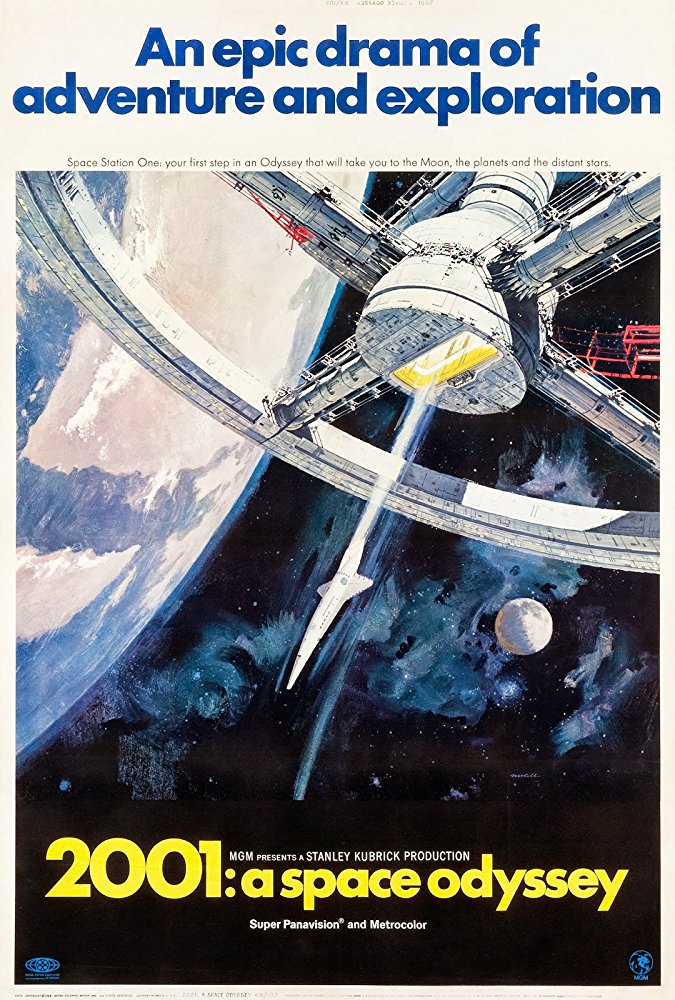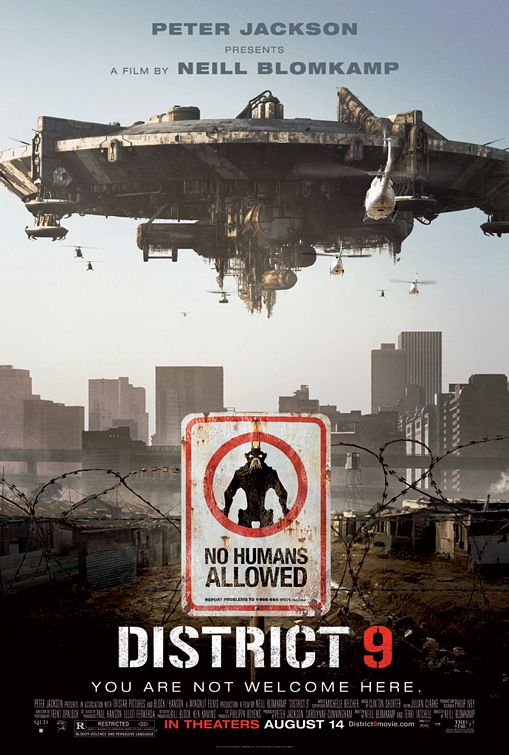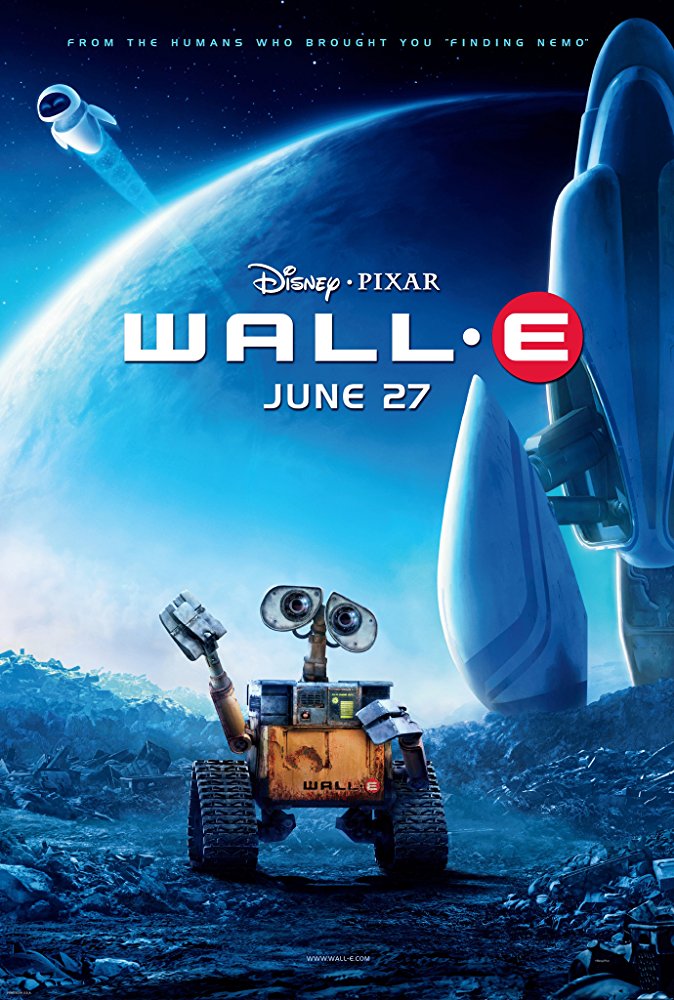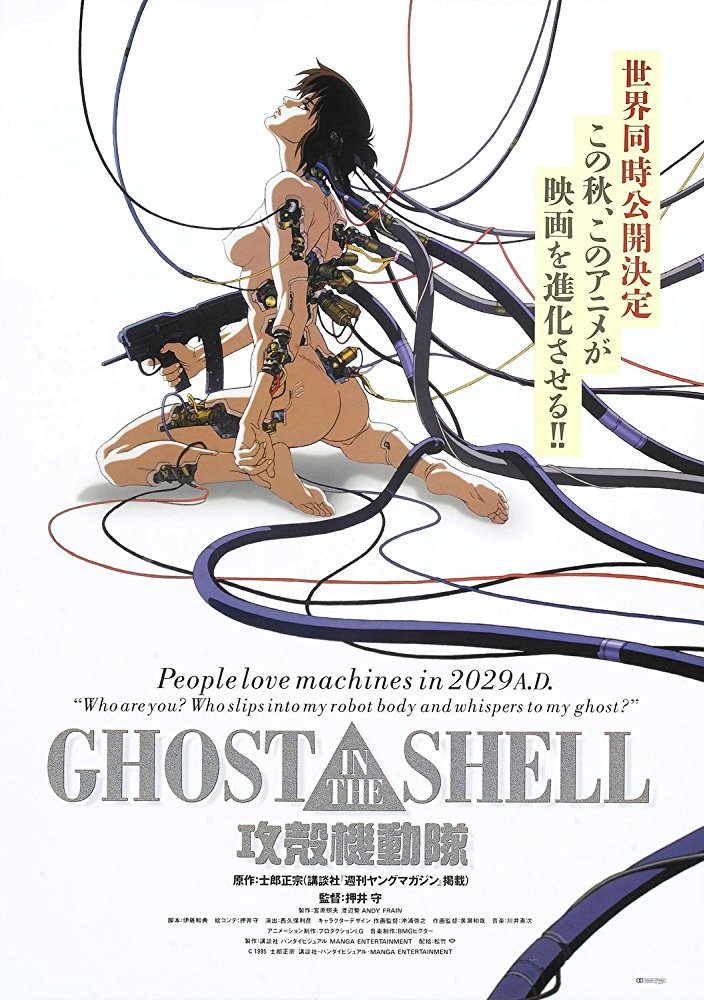by Srđan Tunić
This essay is the first in a “mini-series” of two essays on the critical potential of science fiction. The first part considers how science fiction can function as social critique and discusses different literary techniques and devices. The second part will expand the story in reference to concrete examples—works by Enki Bilal and Aleksa Gajić, grounding the analysis in the Balkan context.
Science fiction: offering critical possibilities or escape?
Science fiction (SF) as a genre of speculative fiction serves as a powerful tool in imagining different realities. Its creative potential lies in “estrangement and cognition”, creating a novum, in ideas and/or practical possibilities for the future, as defined by Darko Suvin. It also has potential to create narratives as mirror images and critique of our own societies, whether shaped as utopias, dystopias or alternative histories. It can trick us by thinking we went somewhere else in order to look back upon our own world with different eyes; therefore, this imagining is both real and contextualized. While many academics and writers, artists and critics have discussed the interconnectedness between our “real world” and (science) fiction, this text is primarily inspired by the works by Suvin, a prominent academic and critic, and the anthropologist Ljiljana Gavrilović.
According to Gavrilović, SF “worlds” talk about possibilities. In her book “Svi naši svetovi: o antropologiji, naučnoj fantastici i fantaziji” (All Our Worlds: About Anthropology, Science Fiction and Fantasy), she writes: “That is why observation of imagined worlds does not differ from observing ‘the real world’, the one that we live in. They may be even clearer, mirror all assurances, fears, hopes, dreams, constructions and prejudices which shape human behavior in the real world, their vision of that world, as well as that world itself”. What is real and what is imagined is connected in an interplay, demonstrating mutual dependence. Apprehension of the fiction often requires that the reader knows the context from which it came. One of the questions might then be: but why depart from the real world to begin with?
Fiction can offer both an escape to another world and inspire change in this world.
In a lecture, “Why our future depends on libraries, reading and daydreaming”, the fantasy writer Neil Gaiman suggests that fiction can offer both an escape to another world and inspire change in this world: “Fiction can show you a different world. It can take you somewhere you’ve never been. Once you’ve visited other worlds (…) you can never be entirely content with the world that you grew up in. Discontent is a good thing: discontented people can modify and improve their worlds, leave them better, leave them different.”
On a different (but not faraway) note, Darko Suvin has defined the genre as characterized by “the presence and interaction of estrangement and cognition” and the creation of “an imaginative framework alternative to the author’s empirical environment”. In other words, SF shows us something that is at the same time strange and feels real. SF, argues Suvin, needs to have a cognitive novum, a novelty that enables (scientifically plausible) innovations that also, I would add, provide grounds for curiosity. Therefore aliens, robots, different planets, time travel, genetics, and so on are central means for the creation of an alternative world—but should not be ends in themselves. A story with robots may philosophize on the limits of humanity or a future form of slavery, intergalactic travel could bear dangers of new colonialism, while dystopias tend to warn us about where we might find ourselves in the future if we continue with our current habitual ways.
Overall, much of SF aims to discuss alternatives and create a social critique, supporting (imaginary) escapism, quenching the thirst of our discontent and a desire for difference. Tom Moylan has explored this potential of SF labelling it “critical utopia”, standing somewhere between dreaming and criticizing the status quo, in Demand the Impossible: Science Fiction and the Utopian Imagination. I would argue that the function of SF is twofold, as it transports the reader to other places while simultaneously grounding that same reader in a familiar context. In a restless neurosis, it both imagines and situates. In other words, by projecting itself into the future, it more or less visibly indicates what we are trying to depart from—contemporary society.
Imagining different realities—in this case, via SF—is never “objective”, ”universal”, but rather grounded in a certain context.
Whether we explore SF authors’ or their characters’ statements, here I find the feminist concept of situated knowledge useful in understanding a subject’s place in a more reflexive manner and with a better account of the world, avoiding claims of universality. In Donna Haraway’s words: “I am arguing for politics and epistemologies of location, positioning, and situating, where partiality and not universality is the condition of being heard to make rational knowledge claims. These are claims on people’s lives. I am arguing for the view from a body, always a complex, contradictory, structuring, and structured body, versus the view from above, from nowhere, from simplicity. Only the god trick is forbidden”. Imagining different realities—in this case, via SF—is never “objective”, ”universal”, but rather grounded in a certain context (and author), which is reflected in the narrative itself. While there are of course also common elements in imaginings of the future through SF (AI, extraterrestrials, space travel, etc), I would emphasize that grounding SF can prove to be productive in social critique and prevent it from becoming mere escapism.
Grounding and contextualizing SF demonstrates that an imagined space is always a social space, meaning that space is a complex social product and construction. Philosopher Henri Lefebvre in The Production of Space mentions that even technological utopias, simulations of the future or of the possible, are framed within existing modes of production: “The technological utopia [in question] is a common feature not just of many science-fiction novels, but also of all kinds of projects concerned with space, be they those of architecture, urbanism or social planning.” Architecture, urbanism and social planning in SF may be used as by-products of the story, but still visually and socially organize a given setting.
On literary techniques and perspectives
But not all SF stories mirror the real world in the same way; authors employ many different perspectives and literary techniques. One could understand some of the differences as built on different types of gazes, outlooks, or perspectives, commonly corresponding to the point of view of a story’s main characters (as storytellers) and contexts or settings in relation to the reader’s reality.
In film and visual studies, there has been a lot of theoretical discussion on spectator’s gazes. Gaze theory situates and provides critical edge towards how we see what we see, and how what is seen is presented to us and constructed visually. Through a museum or cinema as setting, a painter or director as our “eyes”, a film or photography camera as a tool, we as spectators are guided through the images in front of us. In SF, various gazes (or perspectives) provide starting points for fictional journeys and can help us ground and contextualize the story in question. I wish to propose three different “gazes” as structuring how SF worlds relate to the present. Two of these gazes occur in both utopian and dystopian stories, while the third is specifically related to alternative histories.
The utopian tradition has left a strong mark in the SF genre. Suvin finds SF and utopian fiction to share many key positions, stating that: “All imaginable intelligent life, including ours, can in the final instance only be organized more perfectly or less perfectly: there is no value-free wonder or knowledge. In that sense, utopia and anti-utopia are not only literary genres, but also horizons within which humanity and all its endeavours, including SF, is irrevocably collocated”. Utopia (Greek u-topos, no-place) although imagined, requires the construction of a believable community, space and laws, an “other world” immanent to the human one, but made more perfect.
The SF genre is still dominated not so much by utopias and visions of a better future as by a tendency to illustrate dark aspects of human futuristic ambitions.
Apart from Thomas More’s classical work Utopia which gave the genre its name, examples from SF include Arthur C. Clarke’s and Stanley Kubrick’s 2001: A Space Odyssey, Edward Bellamy’s Looking Backward, Ursula LeGuin’s Left Hand of Darkness, and Kim Stanley Robinson’s “Mars trilogy”. An interesting current development is the solarpunk genre and movement, inspired by the idea that new utopias are needed in a time of ecological and political crisis. However, the SF genre is still dominated not so much by utopias and visions of a better future as by a tendency to illustrate dark aspects of human futuristic ambitions.
Dystopia (“bad place”)—a second variant of the literary template of utopia—is at the same time its polar opposite. Both words derive from Greek and follow the same structural assumptions. More critical viewpoints towards imagining utopias can take place in this “bad place”, like in the animated movie WALL-E by Walt Disney studios which builds on the thread of present ecological threats and people stupefied by technological comfort, clearly sending a warning to our present selves. Other examples include our problematic relations with machines/robots/cyborgs (the Matrix trilogy by the sisters Wachowski, Do Androids Dream of Electric Sheep? by Philip K. Dick and Bladerunner by Ridley Scott, the Ghost in the Shell media franchise, the Terminator series), space colonialism (The Word for World is Forest by LeGuin), the gaps between social classes and creating an ideal society (Elysium by Blomkamp, the Dispossessed by LeGuin, Divergent by Roth), among other. Dystopia is closely related to imaginings of our future downfall as humanity and apocalypse (Nausicaa of the Valley of the Wind by Studio Ghibli, etc).
Both utopia and dystopia can employ two different perspectives or “gazes”. It can be the present which is looking towards / imagining / projecting a certain future (were the utopian story template anticipates positive change and the dystopian one cautions the present about possible future consequences of present actions). Or it can be a future which is looking back at its past, our contemporaneity in a reversed gaze (criticizing the present for its flaws in relation to a possible utopia, or berating the present for leading to dystopia). I would argue that some of the best SF works are those that are based in the reader’s present and look forwards from there, often tricking the audience into believing that they have been transported somewhere else. Authors using this perspective often employ the mirror effect, juxtaposing imagined worlds with our own.
There is also a third variant of utopia, often taking the form of a kind of middle ground between utopia and dystopia, namely uchronia—meaning literally “(in) no time” and presenting a hypothetical parallel to our world and time. It corresponds to alternative histories. This perspective is based on “what if” assumptions from a certain point in time in the past. It often creates retro-futurist settings like for example in the steampunk genre, or cyberpunk which is situated in a more dystopian setting. Some examples are The Man in the High Castle by Philip K. Dick, District 9 by Neill Blomkamp, Laputa: Castle in the Sky by Hayao Miyazaki, Roadside Picnic by the brothers Strugatsky, Twenty Thousand Leagues Under the Sea by Jules Verne, etc.
This third literary technique can be related specifically to a third gaze position, which could be termed a hypothetical parallel to contemporary society. As such, it can however feature both utopian and dystopian themes. In most cases, it is easily recognized when anachronistic and technologically very advanced elements are present side by side – swords next to tanks, 1930s cars and cyborgs, 19th century Victorian age fashion and time travel machines, and so on.
SF as blank canvas of possibilities?
We would do well to remember that the worlds and perspectives presented in SF are situated knowledge springing from specific contexts, and that any escape—via fantasy or science fiction—can be a double-edged sword.
These different forms of SF could be said to be united by the way in which their imagined worlds are constructed, namely through cognitive estrangement, as I have previously suggested. In discussions of literary genres, SF is often seen as based on science and technology, in contrast to the fantasy genre which is seen as regressive, historical and myth-orientated, discussing questions of race, magic, destiny and gods. This division could be summarized as one where humans are at the mercy of supernatural agents outside of themselves (fantasy), vs. “everyone is the architect of their own fortune” (SF). Gavrilović argues that although seductive, this binary does not address how SF could replace old myths with new (technocratic) ones, or how technology becomes a new god. Even though it makes sense to some extent to view SF as united by the overall technique of cognitive estrangement, I therefore also have some reservations about this definition. We would do well to remember that the worlds and perspectives presented in SF are situated knowledge springing from specific contexts, and that any escape—via fantasy or science fiction—can be a double-edged sword.
From imagined to politically charged visions, SF, just as the media its authors use, is a global phenomenon and can have many different messages and usages. It provides grounds for imagining different realities, and sometimes also for discussing our own. This process of imagining other worlds and Others can’t be immune to politics (left or right, futuristic or retrograde). However, as Suvin contends, SF based on cognition has the potential to critique and clarify “mystified and obscured relationships”, “permit[ing] us a better orientation in our common world”. A given society (or city, as I will discuss in the next essay) provides a set of references and possibilities, serving as a canvas for projections of our own dissatisfactions and desires.
In relation to this discussion, my second text in this two-essay mini-series will consider the spatial and temporal dimensions of the artworks of two comic book authors from the Balkan region—Enki Bilal and Aleksa Gajić. While Gajić’s work constructs an optimistic future of a cosmopolitan, post 2000 Belgrade, less troubled with the past and very similar to the present, Bilal’s work takes both identity and past as its cornerstones. Their works will be used as regional examples that negotiate both the future and (g)local identities in a comparative analysis where I consider SF’s powerful potential in imagining futures and providing a critical lens for our present.
I would like to thank professor Nevena Daković at the University of Arts in Belgrade for her help in writing the original paper, Charlotte E. Whelan for proofreading and Rut Elliot Blomqvist for excellent editing.
Srđan Tunić is an art historian, freelance curator and cultural manager based in Belgrade, Serbia. A fan of science fiction, this is his first text about it. Contact: srdjan.tunic[at]gmail.com
All images: IMDB
This piece is part of Not afraid of the ruins, our series of science fiction and utopian imaginings.
To receive our next article by mailing list, subscribe here.



